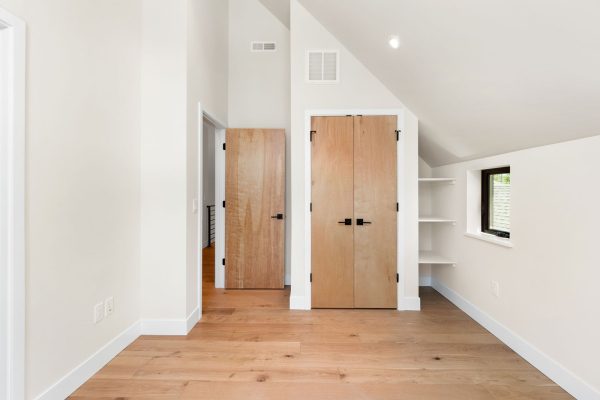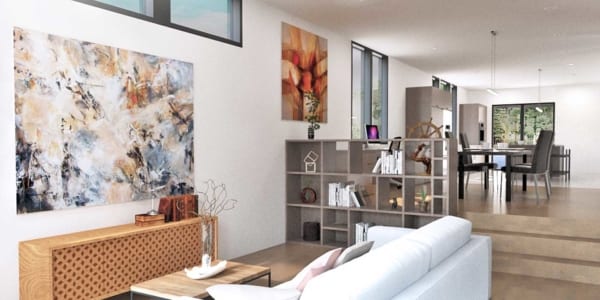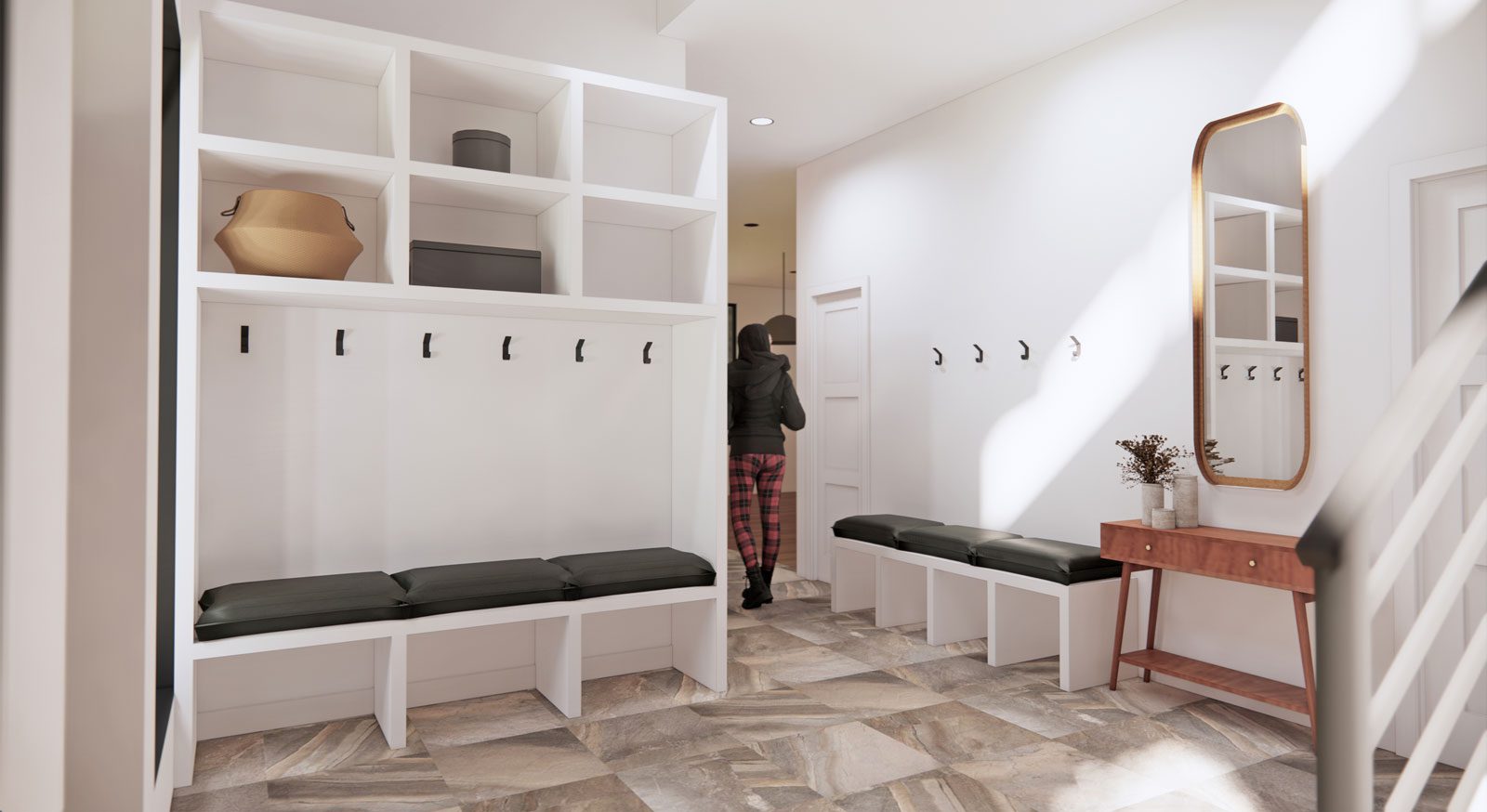Small interiors are becoming more common in urban places. Making a small interior look large is one of the challenges facing architects and interior designers. Some designers use optical illusions to make space appear larger, while others use innovative technology to maximize small spaces. Great design does not have to be reserved for large structures. Any building, regardless of its intended use or size, can be elevated through careful design. Any well designed space can be elevated to give its inhabitant a rich architectural experience. On the flip side of that argument, we’ve all seen very large and “important” buildings that are a true disappointment in their design because they miss the opportunity to delight and enrich their surroundings, or they don’t account for the human element. They are merely utilitarian and don’t serve a purpose other than to be “grand”. It is not the scale that matters most, but the quality of the space. In terms of designing homes, the quality refers to its livability: the clever solutions needed to solve myriad problems that we face when using a single domicile for all of our daily activities.
Our homes serve many purposes, and as such they must be designed to meet our needs. For many, our homes often feel not big enough, however an architect will tell you that any space is overflowing with potential, you just have to know how to maximize it.
 Architects are experts when it comes to designing small spaces, and rising prices in cities everywhere means the ability to maximize every square inch is an important and necessary skill. The real value and art of architecture is less about grand designs and complicated styles, and all about maximizing the minimal. While that might sound contradictory, there are ways you can get the most out of building design when you are dealing limited square footage while still maintaining a livable amount of space. Although the recent tiny home fad serves certain populations, it comes with several setbacks and is not pragmatic solution for the majority of home buyers. When designing a home, an architect can maximize the amount of usable space while still maintaining a certain comfort and quality of living for the tenant.
Architects are experts when it comes to designing small spaces, and rising prices in cities everywhere means the ability to maximize every square inch is an important and necessary skill. The real value and art of architecture is less about grand designs and complicated styles, and all about maximizing the minimal. While that might sound contradictory, there are ways you can get the most out of building design when you are dealing limited square footage while still maintaining a livable amount of space. Although the recent tiny home fad serves certain populations, it comes with several setbacks and is not pragmatic solution for the majority of home buyers. When designing a home, an architect can maximize the amount of usable space while still maintaining a certain comfort and quality of living for the tenant.
The importance of architecture depends on its relevance. Homes should always be designed with its occupants in mind. If your home doesn’t work for you, then it is likely poorly designed. From re-working unused space to editing out what doesn’t work, there are several ways you can get the most out of your building with dynamic, solutions-oriented, out-of-the-box thinking.
Open Vs. Traditional Floor Plans
Perhaps the most popular way architects maximize the interior space of a structure is through open floor-plans. Open floor plans gained popularity thanks to their easy access and flexibility, a trait that is predictably highly valued in homes where families live, eat, sleep, work, entertain, and raise children. An open plan can allow a space to be quickly repurposed for an activity, and can also can be broken down into smaller ‘areas’ or can be fully opened up to accommodate large groups of people.
Walls can make it challenging to make a structure flow properly. It can also decrease the square footage of the entire building. But still, open is not always the best way to go… There are advantages to traditional floor plans as well. For example, in a conventional floor plan, separate room enclosed with walls can offer more privacy, help to dedicate space for certain activities, and define uses, such as a home office.
 Storage
Storage
Rather than throwing out more of what you own, get strategic with your home’s storage. Instead of buying individual storage items, consider a better long-term design solution with built-in storage. A few examples of architectural solutions for storage include built-in or open-shelving, cabinetry, hidden storage, and upgraded closet space.
Unnecessary Empty Space
No space should be non-functional. Architects can assess a solution to the problem of empty, unused space by considering the functionality of each area. During the design phase of the architectural process, designers should consider all possible uses for every square inch of your home. Rather than leaving space open for interpretation, make sure everything serves a purpose.
Lighting
Lighting is one of the critical tools that an architect can use to intentionally open up spaces. For example, maximizing natural light in the home and creating multiple ways for that light to travel throughout the home with windows, doors, and skylights. Further considerations for light wood floors, light paint colors, mirrors, fixtures and chandeliers will also help to enhance the light in your space.
Outdoor Spaces
The design and consideration of outdoor spaces may not be considered traditionally as “architecture” as they are not strictly a part of a structure, however most architects will certainly consider them as a part of a whole design, especially since they represent an important facet of how the occupants will use their home. Even if a structure is small, the living, working, and leisure spaces in a home can be significantly expanded by adding outdoor living spaces and features such as patios, outdoor kitchens, decks or covered sitting areas. Unused space atop a home can be repurposed into a rooftop terrace, garden, or dining area.
If you have ever thought of re-designing your current space for more optimal use, completing a home renovation to gain more space, or designing and building a new home from scratch, contact Root Architecture and schedule a consultation to discuss your space, large or small. No matter what you need, our architects can help you get the best design out of your home. Root delivers creative and innovative solutions for clients throughout Colorado’s Front Range.

